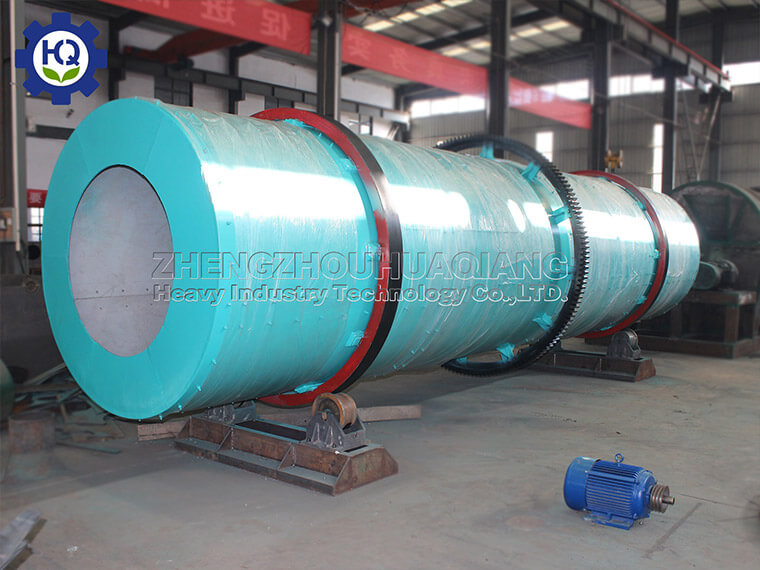Precautions for the use of compound fertilizers Compound fertilizers have the advantages of high nutrient content, less side components, and good physical properties. They play a very important role in balanced fertilization, improving fertilizer utilization, and promoting high and stable crop yields. But it also has some shortcomings. For example, its nutrient ratio is always fixed, while the types, quantities and ratios of nutrient elements required by different soils and different crops are diverse. Therefore, it is necessary to test the soil before use to understand the texture and nutritional status of the soil in the field, and also pay attention to the application of the unit fertilizer in order to get better results.
1. Compound fertilizer has long effect, so it is suitable for base fertilizer. A large number of experiments have shown that base application is better for both binary and ternary compound fertilizers. This is because compound fertilizers contain various nutrients such as nitrogen, phosphorus, and potassium. The crops are especially sensitive to phosphorus and potassium in the early stage. Phosphorus and potassium fertilizers are required to be used as base fertilizer for early application. Compound fertilizer should not be used in seedling stage fertilizer and middle and late stage fertilizer to prevent greed and excessive growth. Compound fertilizers decompose slowly. For crops that use compound fertilizers as base fertilizers when planting, it is necessary to add quick-acting nitrogen fertilizers in time when topdressing according to the fertilizer requirements of different crops to meet crop nutritional needs. There are many
fertilizer granulator machine that can produce compound fertilizers.

2. The concentration of compound fertilizer varies greatly, so attention should be paid to choosing the appropriate concentration. At present, most compound fertilizers are configured according to the average nutrient status of the soil type in a certain area and the ratio of fertilizer required by crops. There are series of compound fertilizers with high, medium and low concentration on the market. Generally, the total nutrients of low concentration are between 25%-30%, the medium concentration is between 30%-40%, and the high concentration is above 40%. Depending on the region, soil, and crop, choose to use economical and reliable compound fertilizer. Generally, high-concentration compound fertilizers are used on economic crops, with good quality, less residue and high utilization rate. The concentration of compound fertilizer is high, so direct contact between seeds and fertilizer should be avoided. Compound fertilizer has a high nutrient content. If it comes into direct contact with seeds or seedling roots, it will affect seedling emergence and even burn seedlings and rot roots. When sowing, the seeds should be 5-10 cm away from hole application and strip application of compound fertilizer. The
drum granulator is our recommended fertilizer granulator. It can produce compound fertilizer or organic fertilizer.
3. The raw materials of compound fertilizers are different, so attention should be paid to the use range of nutrient components. Different brands and different concentrations of compound fertilizer use different raw materials, and the production should be selected according to the soil type and crop type. Compound fertilizer containing nitrate should not be used in leafy vegetables and paddy fields; compound fertilizer containing ammonium ions should not be used on saline soil; compound fertilizer containing potassium chloride or chloride ions should not be used on chlorine-free crops or saline soil; Compound fertilizers containing potassium sulfate should not be applied in paddy fields and acidic soils. Otherwise, it will reduce fertilizer efficiency and even poison crops. Compound fertilizer contains two or more large elements. Nitrogen surface application is easy to volatilize or lose with rain. Phosphorus and potassium are easy to be fixed by soil, especially phosphorus has little mobility in soil, and it is not easy to be absorbed and utilized by crop roots when applied to the ground. , It is also not conducive to deep rooting. In drought conditions, the fertilizer cannot be dissolved and the fertilizer efficiency is worse. Therefore, the compound fertilizer should be applied deeply and covered with the soil. The
roller granulator can produce compound fertilizer, but cannot produce single compound fertilizer.
